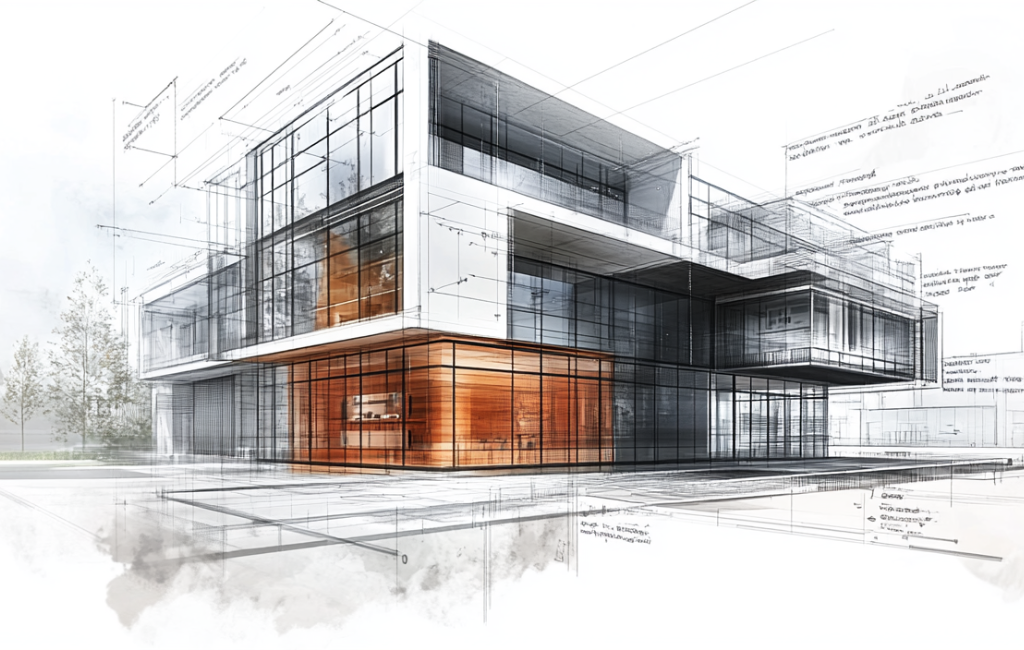-
Table of Contents
Architect Designs for Future
As the world continues to evolve, the field of architecture is undergoing a transformation. Architects are now tasked with creating designs that not only meet the needs of today but also anticipate the challenges and opportunities of tomorrow. This article explores the innovative approaches and trends shaping the future of architecture.
Embracing Sustainability
Sustainability has become a cornerstone of modern architectural design. With growing awareness of environmental issues, architects are increasingly focused on creating buildings that minimize ecological impact. This involves using sustainable materials, optimizing energy efficiency, and integrating renewable energy sources.
- Green roofs and walls that improve insulation and air quality.
- Solar panels and wind turbines for renewable energy generation.
- Rainwater harvesting systems to reduce water consumption.
One notable example is the Bosco Verticale in Milan, Italy. This pair of residential towers is covered with over 900 trees and 5,000 shrubs, providing a natural habitat for wildlife and improving air quality in the urban environment.
Smart Buildings and Technology Integration
The integration of technology into architectural design is revolutionizing the way buildings are constructed and operated. Smart buildings utilize advanced systems to enhance efficiency, comfort, and security.
- Automated lighting and climate control systems that adapt to occupancy and weather conditions.
- IoT devices for real-time monitoring and maintenance.
- Advanced security systems with facial recognition and biometric access.
The Edge in Amsterdam is a prime example of a smart building. It uses a network of sensors to optimize energy use and provide a personalized experience for its occupants, making it one of the most sustainable office buildings in the world.
Adaptive Reuse and Urban Regeneration
As cities grow and change, the need for adaptive reuse and urban regeneration becomes more pressing. Architects are finding innovative ways to repurpose existing structures, preserving cultural heritage while meeting modern needs.
- Transforming old factories into residential lofts or creative workspaces.
- Converting historic buildings into hotels or cultural centers.
- Revitalizing abandoned areas with mixed-use developments.
The High Line in New York City is a successful example of urban regeneration. This elevated railway line was transformed into a public park, attracting millions of visitors and spurring economic development in the surrounding area.
Biophilic Design and Human Well-being
Biophilic design emphasizes the connection between humans and nature, promoting well-being through the incorporation of natural elements into built environments. This approach is gaining traction as research highlights the benefits of nature on mental and physical health.
- Incorporating natural light and ventilation to improve indoor air quality.
- Using natural materials like wood and stone to create a calming atmosphere.
- Designing spaces with views of nature or incorporating indoor gardens.
The Amazon Spheres in Seattle exemplify biophilic design. These glass domes house over 40,000 plants, providing a unique workspace that fosters creativity and relaxation for Amazon employees.
Resilient Design for Climate Change
With the increasing frequency of extreme weather events, architects are prioritizing resilient design to protect buildings and communities. This involves creating structures that can withstand natural disasters and adapt to changing environmental conditions.
- Elevating buildings in flood-prone areas to prevent water damage.
- Using materials and construction techniques that resist earthquakes and hurricanes.
- Designing flexible spaces that can be easily reconfigured for different uses.
The Floating School in Makoko, Nigeria, is an innovative example of resilient design. Built on a floating platform, it provides a safe and sustainable learning environment for children in a flood-prone area.
Conclusion
The future of architecture is being shaped by a commitment to sustainability, technological innovation, and human-centered design. By embracing these principles, architects are creating spaces that not only meet the needs of today but also anticipate the challenges of tomorrow. As we look ahead, the potential for architecture to positively impact our world is boundless.
